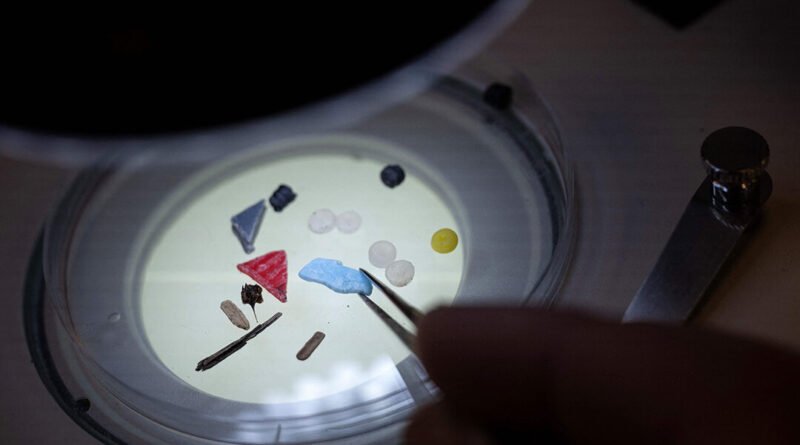Study Finds Toxic Microplastics Present in All Human Placentas Examined by Scientists
The widespread prevalence of microplastics in human tissue could potentially explain the increasing incidence of colon cancer among younger individuals.
Microplastics, known to trigger asthma, damage the liver, cause cancer, and impair reproductive function, have been found in human placenta.
The most common microplastic found in the samples was polyethylene, constituting 54 percent of all detected NMPs and consistently present in nearly all samples.
The remaining 26 percent of microplastics found in the 62 placenta samples included nine other polymers. Matthew Campen, a Professor in the UNM Department of Pharmaceutical Sciences who led the study, expressed concerns about the growing presence of microplastics and its potential health impacts.
Plastics have traditionally been considered biologically inert, but microplastics are small enough to penetrate cell membranes, Mr. Campen explained. The concentration of microplastics in eight-month-old placenta tissue is worrisome as other organs accumulate them over longer periods, he added.
Mr. Campen suggested that the accumulation of microplastics in human tissue may be linked to increasing health issues such as colon cancer in people under 50, inflammatory bowel disease, and declining sperm counts.
“The situation is worsening, with a projected doubling every 10 to 15 years,” he stated. “Even if we were to halt it today, by 2050 there will be three times as much plastic present as today, and we cannot stop it immediately.”
Impacts of Microplastics
In 2020, microplastics were first detected in human placenta in a study from Italy. Researchers examined six placentas and identified 12 microplastic fragments in four of them. “Microplastics were found in all placental portions: maternal, fetal, and amniochorial membranes,” the study reported.
“Microplastics carry substances that, acting as endocrine disruptors, could have long-term effects on human health,” it added.
About half of the identified microplastics were fibers, reflecting findings from other studies, with almost a third being plastic fragments.
“The chemicals possibly contained in foods, beverages, and personal care products consumed by breastfeeding mothers could be transferred to offspring, potentially causing a toxic effect,” the researchers noted.
“Therefore, enhanced scientific research efforts are essential to understand the potential health risks of microplastic accumulation, especially in infants, and to develop innovative ways to reduce exposure during pregnancy and nursing,” they added.
Mr. Campen highlighted that many plastics have a long half-life, referring to the time required for half of a sample to degrade.
“The half-life of some substances is 300 years, while others have a half-life of 50 years, but over 300 years, some plastic degrades. The microplastics we see today in the environment are likely around 40 to 50 years old,” he explained.






